Radon is a colorless, odorless gas that can seep into buildings and pose a health risk to occupants. Radon mitigation systems are designed to reduce radon levels in buildings to safe levels. Here are some of the most common types of radon mitigation systems:
Active soil depressurization (ASD): This is the most common and effective type of radon mitigation system. It involves installing a vent pipe in the basement or crawl space of the building and connecting it to a fan that draws radon from the soil and exhausts it outside.
Passive soil depressurization: This type of system is similar to ASD, but it does not use a fan. Instead, it relies on natural air currents to draw radon from the soil and exhaust it outside.
Sub-slab depressurization: This system is used when the building has a concrete floor. It involves drilling a hole in the floor and inserting a pipe that is connected to a fan, which draws radon from the soil beneath the slab and exhausts it outside.
Sump pump suction: This system is used when the building has a sump pump. It involves installing a vent pipe in the sump pit and connecting it to a fan, which draws radon from the soil and exhausts it outside.
Block wall suction: This system is used when the building has a hollow block foundation. It involves drilling holes in the block and inserting pipes that are connected to a fan, which draws radon from the soil and exhausts it outside.
Crawlspace ventilation: This system is used in buildings with a crawlspace. It involves installing vents in the crawlspace walls and using a fan to draw in outside air, which dilutes the radon and exhausts it outside.
The type of radon mitigation system used depends on the specific conditions of the building and the level of radon present. It's important to work with a qualified and experienced professional to design and install a radon mitigation system that is appropriate for your building and effective in reducing radon levels to safe levels.

